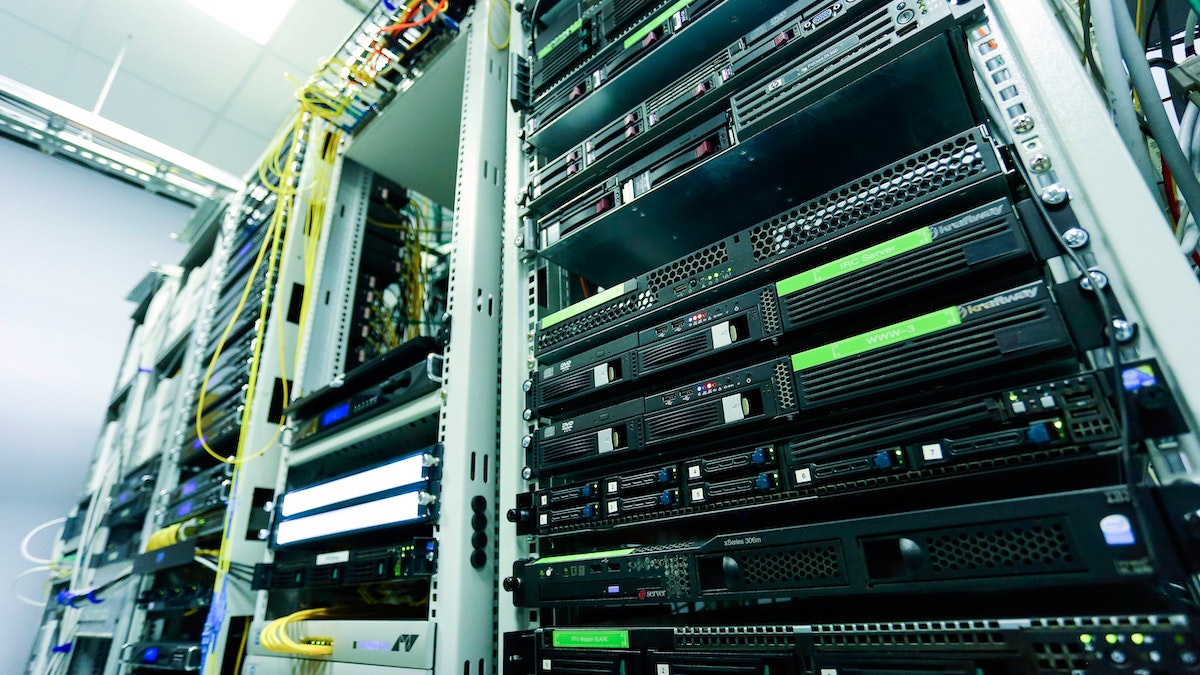Whether your company needs a small data center for on-premises IT infrastructure or a massive million-plus square foot facility to power cloud technologies, a well-thought-out plan from the start can save costly renovation expenses down the road. Many criteria must be taken into account during the planning and design stages. Some of these include:

Access.
Keeping unauthorized people out of data centers is essential. Not only does this keep information security at a premium, but it keeps the environment clean by preventing contamination with dust and other debris.
It also contains data centers from becoming targets for physical attacks, which can be even more damaging than cyber-based threats.
A layered approach to access is often employed, with fences and mantraps at the entrance. Permanent guards and video surveillance may be used, as well as a security system that utilizes fingerprint recognition to prevent anyone from entering without authorization.
Managing the data center infrastructure is a significant challenge for many businesses. It includes capacity management to meet user demands and service-level agreements, monitoring to maintain power, temperature and humidity levels, and change management to accommodate new hardware or software changes that occur constantly.
Additionally, data centers must be able to handle unpredictable events, such as natural disasters, equipment failure or human error. It requires a strong, reliable network that provides efficient communication between the data center and the rest of the business.
The data is centralized and regularly accessible by other components in a data center architecture, which modifies the data. This approach is typically employed to achieve the integrality of data. Through shared data repositories, various components of a data-centered architecture may communicate with one another.
Because they only communicate with one another through the data store, the details are generally autonomous and have access to a common data structure.
Space.
The vast amount of space required for a data center might be overwhelming.
This equipment can cost a fortune and must be housed in a large area designed for power, cooling, security and management.
The structure must have enough space for future expansion in addition to being able to handle the current load. Data centers are long-term installations that may remain in service for decades. Managing these facilities to accommodate current and future capacity is a complex challenge. Data centers must be near fiber optic trunk lines and offer high-capacity power. It reduces latency and the risk of outages.
The facility must have a good cable management plan that hides the cables from sight while also ensuring they are properly labeled and can be quickly troubleshot.
Power.
Data centers demand tremendous power to run their servers, storage, and other equipment. On the other side artificial intelligence (AI), machine learning (ML), autonomous cars, and fifth-generation (5G) wireless networks are among the new technologies creating more data than ever, taking up more storage, necessitating lower latency, and needing quicker reaction times.
IT leaders must plan for the facility’s energy needs to ensure it will have enough power to handle this growth for years. Because utility power can experience disruptions, data center facilities must provide backup power options.
These can be diesel or natural gas-powered generators or on-site renewable options like wind and solar. In some cases, businesses aim for net zero carbon emissions for the power that runs their data centers. It is achieved through energy conservation and nonpolluting sources of electricity such as renewables.
Security.
Rigorous uptime requirements and long-term viability mean data centers need robust site infrastructure. Taking the time to install and manage these solutions makes a significant difference. A single breach can wreak havoc, so it’s important to consider security needs from the start of data center design and build. They also cost less to install and operate since they are lighter and smaller than liquid immersion systems.
Combining multi-factor authentication, traditional CCTV monitoring, and biometric scans (fingerprint, iris, or vascular patterns) can help prevent breaches.
Network segmentation is critical and should also occur at the physical layer to limit attackers’ access to servers.
For example, separating the building management system from the primary data network can limit the impact of a cyber attack if it succeeds. It also helps with detection by restricting the number of exposed upstream servers.
During the Target breach, for instance, hackers could gain entry by exploiting vulnerabilities in building management systems.
Cooling.
Data centers generate massive amounts of heat, and successful design requires a well-thought-out plan to dissipate that heat.
The plan must include a capacity for future growth, with sufficient room in the facility’s layout to avoid overcrowding and potential cooling problems.
In addition, the plan must account for energy requirements, which are also enormous. The data center must use appropriate energy-efficient equipment and implement other practices to minimize power consumption.
For example, the facility must use low or off lighting when unnecessary, and it should reduce office noise to a minimum. It must also consider incorporating cooling techniques that don’t use as much electric energy, such as free or geothermal cooling. These cooling solutions require fewer third-party suppliers and can be installed more easily than traditional air coolers, often with many parts that can fail and create supply chain issues. They also cost less to install and run since they are lighter and smaller than liquid immersion systems. These alternatives will often be cost-effective, even for high-density data centers.
Leave a Reply